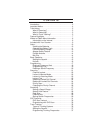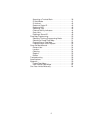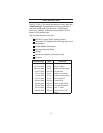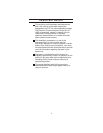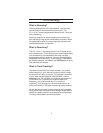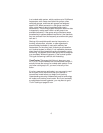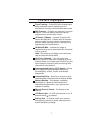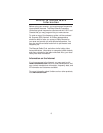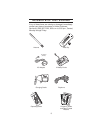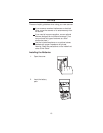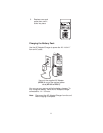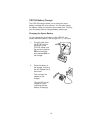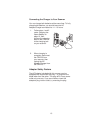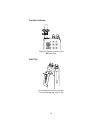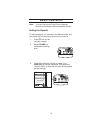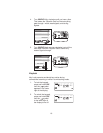
Terminology
What is Scanning?
Unlike standard AM or FM radio stations, most two-way
communications do not transmit continuously. The
BC 235XLT
scans programmed channels until it finds an
active frequency.
Scanning stops on an active frequency and remains on
that channel as long as the transmission continues. When
the transmission ends, the scanning cycle resumes until
another transmission is received.
What is Searching?
The
BC 235XLT
can search each of its 12 bands to find
active frequencies. This is different from scanning because
you are searching for frequencies that have not been
programmed into your scanner. You can choose between
two speeds while searching.
Turbo Search
, a new feature
for Uniden scanners, can search the
VHF FM
bands at up to
300 channels per second.
What is Trunk Tracking?
Conventional scanning is a simple concept. You enter a
radio frequency in your scanner’s memory which is used
by someone you want to monitor. For example, the police
in your area may broadcast on 460.500 MHz , the fire
department on 154.445 MHz, the highway department on
37.900 MHz, etc. So when your scanner stops on a
frequency, you usually know who it is, and more
importantly, you can stop on a channel and listen to an
entire conversation. This type of scanning is easy and fun.
As the demand for public communications has increased,
many public radio users don’t have enough frequencies to
meet their needs, and this has created a serious problem.
Trunking radio systems solve this problem.
5



